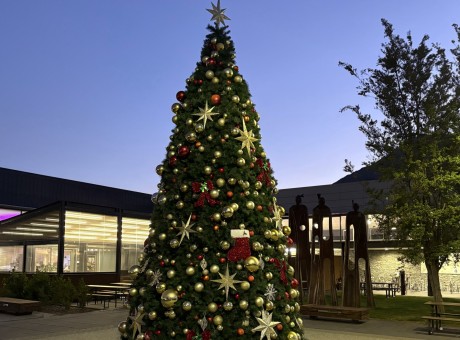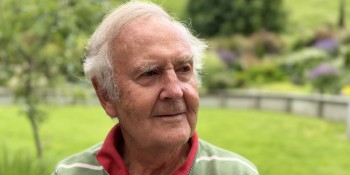Community clear on sealing options: leave Frankton Track alone

Users of Queenstown's lakeside Frankton Track were asked their preferences for the sealing of it and, overwhelmingly, the response was for the council to leave it alone.
The Queenstown Lakes District Council has released results from a two-month community consultation on the issue, and they show almost all of the 1,200 who had a say weren’t in favour of any change to the track's surface.
“Overall, the vast majority (95 percent) of all respondents were in favour of the track remaining unsealed,” a QLDC spokesperson says.
When the council proposed putting chipseal over the track in March this year, it was met with strong pushback from the community, including from Queenstown Trails Trust’s chief executive Mark Williams.
It’s not long now until decision time for the council, with a decision on whether or not to seal the Frankton Track up for discussion by the QLDC Infrastructure Committee at its November 23 meeting.
On the table are the options to keep it the same, or to lay 3/5 grade chipseal, 4/6 grade chipseal or 5/6 grade chipseal on the popular seven-kilometre track that connects Frankton Beach to the CBD.
Decision makers will be presented with trial results, public feedback and expert advice. If a change is decided on, implementation will then be timed for when a new wastewater-rising main is installed along the track.
As part of the proposal, the council laid the three different chipseal options over a section of the track to give users an idea of how they would look and feel to ride or walk on.
However, the QLDC notes more than half of the responses it received came through before the seal had been laid, meaning many respondents voted without seeing the alternatives.
After consolidating the results of the community consultation, the QLDC says approximately a quarter of respondents were against the sealing based on the cost of the project, and a feeling there were better ways for the council to spend its money.
The QLDC is yet to confirm what the total cost to seal the track would be, but the cost of applying the temporary surfaces in limited places for the trial was close to $6,000.
The council says it also received feedback during the consultation that unsealed tracks generally felt more natural and were nicer to run on.


























